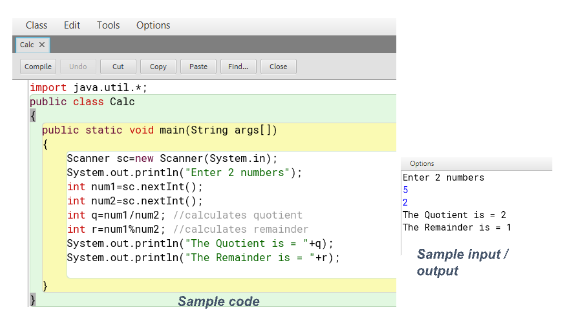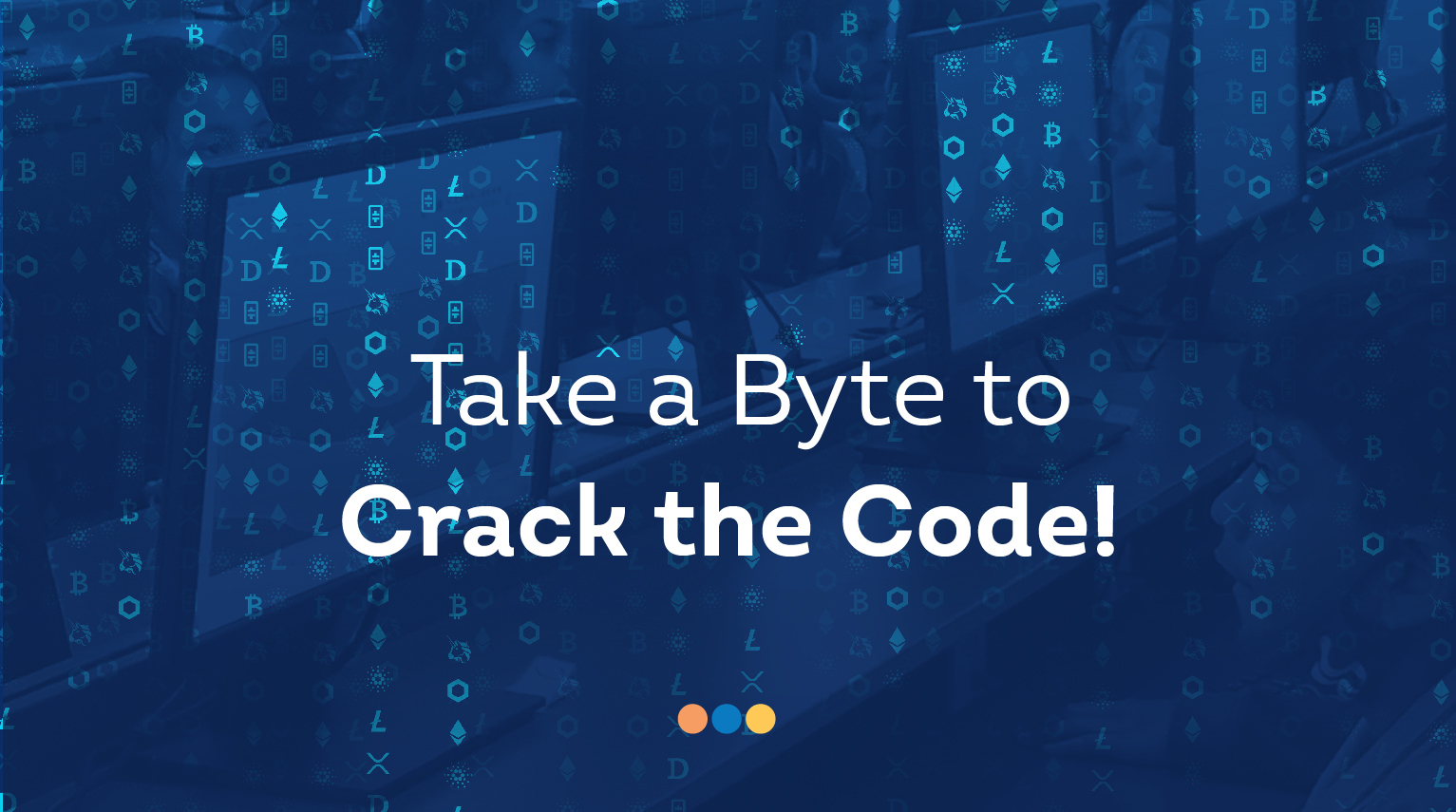News & Events / Take a Byte
category
Academics
When I initially heard the word programmer, the first thing I imagined was a person sitting in front of a computer screen and constantly typing something on the keyboard! I assumed that programmers are the kind who cannot communicate well, and don’t like people having fun around them.
As I started coding, it took me a while to understand that programmers must be able to communicate clearly to their team, clients, and of course, to the computer with their code! If a programmer can’t communicate well how would the computer understand? A successful programmer has to have two-way communication. The programmer has to understand what the client says, interpret the same to the team and write the code, and in turn analyze the results that the computer gives.
As I started teaching children how to code, I must say programming is “fun”. However, it takes a little bit of patience to ace this art. One has to be brave and not hesitate to experiment with the code. I keep telling my students computers are “dumb”, we should be smart to make them work as per our requirements. I always tell students to think like a computer to talk to a computer.
I would like to share a simple example here. When someone asks a grade 2 or a grade 3 child what is 5/2, the child would say the quotient is 2 and the remainder is 1. But when I asked the computer this question it just said 2 and kept quiet…!! I was puzzled as to why a computer would give me an incorrect answer. I was expecting it to give me the remainder as well. But when I started thinking like a computer, I understood that I had asked this machine to give me the quotient and didn’t instruct it to calculate the remainder. My instructions weren’t precise… the machine just did what I had asked it to do. So, I had to rewrite my code to get both results. Here are the results.
 There are many odd programming errors too. The code written is sometimes too hilarious and the user doesn’t know how to go about it. This one is my favourite!
There are many odd programming errors too. The code written is sometimes too hilarious and the user doesn’t know how to go about it. This one is my favourite!
 I would like to conclude this article with a quote by Steve Jobs “Everyone in this country should learn how to program because it teaches you how to think”.
I would like to conclude this article with a quote by Steve Jobs “Everyone in this country should learn how to program because it teaches you how to think”.
Smitha Prasad
Curriculum Advisor -Computers
As I started coding, it took me a while to understand that programmers must be able to communicate clearly to their team, clients, and of course, to the computer with their code! If a programmer can’t communicate well how would the computer understand? A successful programmer has to have two-way communication. The programmer has to understand what the client says, interpret the same to the team and write the code, and in turn analyze the results that the computer gives.
As I started teaching children how to code, I must say programming is “fun”. However, it takes a little bit of patience to ace this art. One has to be brave and not hesitate to experiment with the code. I keep telling my students computers are “dumb”, we should be smart to make them work as per our requirements. I always tell students to think like a computer to talk to a computer.
I would like to share a simple example here. When someone asks a grade 2 or a grade 3 child what is 5/2, the child would say the quotient is 2 and the remainder is 1. But when I asked the computer this question it just said 2 and kept quiet…!! I was puzzled as to why a computer would give me an incorrect answer. I was expecting it to give me the remainder as well. But when I started thinking like a computer, I understood that I had asked this machine to give me the quotient and didn’t instruct it to calculate the remainder. My instructions weren’t precise… the machine just did what I had asked it to do. So, I had to rewrite my code to get both results. Here are the results.
 There are many odd programming errors too. The code written is sometimes too hilarious and the user doesn’t know how to go about it. This one is my favourite!
There are many odd programming errors too. The code written is sometimes too hilarious and the user doesn’t know how to go about it. This one is my favourite! I would like to conclude this article with a quote by Steve Jobs “Everyone in this country should learn how to program because it teaches you how to think”.
I would like to conclude this article with a quote by Steve Jobs “Everyone in this country should learn how to program because it teaches you how to think”.Smitha Prasad
Curriculum Advisor -Computers
